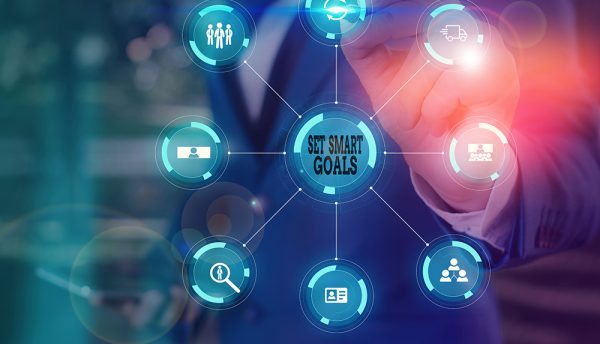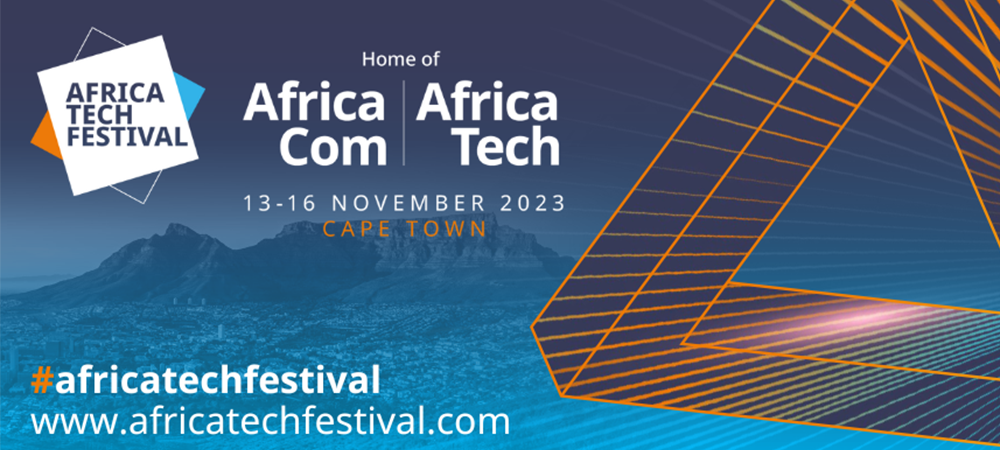According to new research by ServiceNow, an effective way to build an engaged and productive workforce is giving employees a better employee service experience during big moments and even small ones in between. With this in mind, two leading experts have told Intelligent Tech Channels how technology contributes to efficiency in the workplace and create a positive working environment in our latest Editor’s Question.
Kleopatra Kivrakidou, Channel Marketing Manager at Ergotron.
From streamlining data management, improving systems infrastructure, increasing cybersecurity postures or simply having virtual meetings via a laptop or smartphone, we use technology in a myriad of ways to work faster and more efficiently. Resellers and distributors who work with a wide variety of vendors in the channel are well-positioned to advise and suggest tailored solutions to businesses looking for ways to improve efficiency and productivity in the workplace through technology.
However, in striving to reach new heights of speed and efficiency in the workplace, productivity actually seems to have fallen. Most of the technology used for work requires us to be seated and, for us humans, who aren’t designed to be sedentary for extended periods of time, this can cause all sorts of physical discomfort, including achy necks, backs and wrists, which in turn means productivity takes a hit.
Businesses should be approaching their partners in the channel as trusted advisors who can help them fully realise the value of their tech investments, including the human factor. Here’s where ergonomics, the science of optimising the products we use to do our work, can play a key role. Using movement-friendly furniture such as a sit-stand desk has been shown to increase productivity by up to 46%. The freedom to shift between sitting and standing can prevent restlessness, and the simple action of standing up boosts mental alertness and improves mood.
Just as apps create a better connection between employees and tasks, furniture designed according to ergonomics principles creates a better connection between people and their devices. Long hours of screen time are an inescapable reality, so it’s crucial that each employee’s screen can be positioned in a way that’s kind to their body. The ergonomic solution to achieving this is to turn fixed monitors into movable ones by attaching them to a fully-adjustable arm that’s secured to the desk – it’s a simple, cost-effective way to ensure there’s minimal stress on the body, with a posture that feels natural and comfortable.
Encouraging mobility and supporting comfortable computing leads to better engagement and productivity. This is why investment in technology should go beyond apps and devices to include workspaces where people and the digital world come together. Looking after the comfort of employees during their working day enables them to focus more on the job at hand, ensuring that technology continues to contribute to efficiency in the workplace.
Rob Bothma, HCM Business Solution Architect at Oracle
When researching the benefits that having an engaged workforce can bring to an organisation, more often than not, the same two factors on how to improve this keep arising, these being collaboration and gamification.
Today, many organisations are placing emphasis on finding a balance between employees being able to utilise their own time for brainstorming and problem solving, and spending time in a team – both as part of an overall collaborative process.
As the areas of intersection between people and technology continues to grow, employees now expect to see the consumer products they use in their personal lives – messaging, Siri, Alexa, and more – available in the workplace. They expect the latest cloud tools so that they can communicate and collaborate with their colleagues from any place, at any time, across any device.
In addition, the adoption of mobile technologies allows them to work in far more flexible environments as opposed to those of traditional office-based 9 to 5 workers, while also providing many more employees with the opportunity to work remotely.
Harnessing collaboration
When teams can collaborate seamlessly and openly share information, they are enabled to work at their most effective and productive levels This is in direct contrast to a siloed approach, which generally leads to the extension of the time required to complete a task, and an increase in overall costs.
In order to take advantage of this, it is essential that an organisation’s underlying human capital management (HCM) solution enables unified communications and collaboration, to ensure all discussions and decisions can be recorded, and any associated documentation is attached as part of the process.
Ultimately, there is no organisation that would not want to take full advantage of the combined brain power and efforts of their employees. Having a collaborative environment will lead the organisation into being able to provide customers with superior products and services, which ultimately improves the bottom line.
Embracing gamification
The simplest definition of gamification in the business environment, is the process of adding games or game-like elements to business related tasks to increase the levels of participation of employees.
One area where gamification has already taken huge strides ahead of other HR functions, is in the training and development environment. The reality is, your modern learner is impatient, tech-savvy, disrupted and on the go. And their capacity to learn is way beyond the classroom or in the office environment.
Today’s learning technology focuses on traditional, compliance and course catalogue learning strategies but the modern learner craves technology that is always-on, collaborative and offers a curated learning experience.
Using gamification gives organisations the ability to add competitive elements to various environments, and here again learning is playing a leading role. The learning and development team is able present employees with the opportunity to match themselves against their peers and achieve awards or badges, which in turn encourages acknowledgment by both their managers and peers.
The whole concept of gamification centres around encouraging participation through a means that is fun and non-threatening. Imagine having a workforce who are dying to get through the next module of a training course (to stay ahead of their peers) instead of repeatedly creating reasons why they cannot possibly make the time to complete their training.
Adopting the right technologies means that organisations can turn to collaboration and gamification as a means of creating an engaged workforce, by empowering their employees with real-time communication and productivity tools, as well as a platform to encourage training and development in a positive and rewarding way.
Click below to share this article






